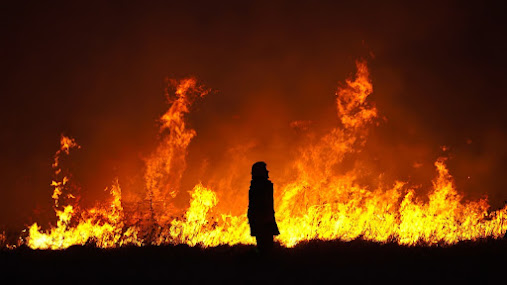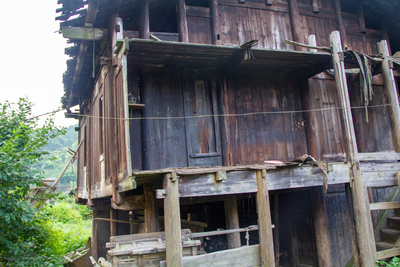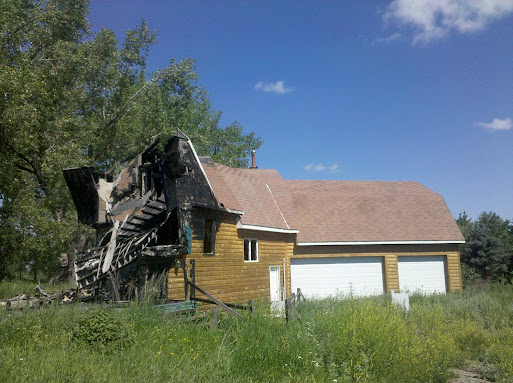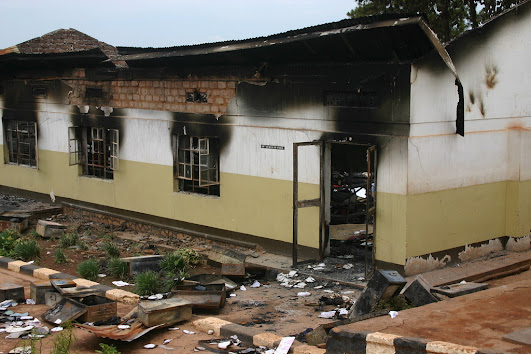Fire restoration is a crucial service that helps individuals and communities recover from the devastating aftermath of a fire. Whether it's a residential property or a commercial building, the damage caused by a fire can be extensive and emotionally overwhelming. However, with the right approach and professional assistance, it's possible to restore not just the physical structure but also the sense of safety and security that was lost.
Understanding Fire Restoration
Fire restoration is a comprehensive process that involves various steps to mitigate damage and restore the affected property to its pre-fire condition. It begins with an assessment of the extent of the damage, including smoke residue, structural issues, and water damage from firefighting efforts. This assessment is crucial for developing a tailored restoration plan that addresses specific needs and priorities.
The Importance of Swift Action
Time is of the essence when it comes to fire restoration. The longer the damage sits untreated, the more extensive and costly the repairs may become. Prompt action can help prevent further deterioration of the property and salvage items that may otherwise be irreparably damaged. Additionally, addressing issues like smoke odor early on can prevent it from permeating deeper into the structure, making it more challenging to eliminate.
Professional Expertise Matters
While it may be tempting to attempt DIY fire restoration, this is not advisable due to the complexity and potential hazards involved. Professional fire restoration companies have the experience, equipment, and expertise needed to handle the restoration process safely and effectively. They understand the best techniques for cleaning soot, removing smoke odor, and repairing fire-damaged structures. Moreover, they can coordinate with insurance companies to streamline the claims process and ensure maximum coverage for the restoration efforts.
Restoring More Than Property
Fire restoration goes beyond repairing physical damage; it's about restoring hope and peace of mind to those affected by the fire. For homeowners, it means being able to return to a safe and comfortable living environment. For business owners, it means reopening doors and serving the community once again. The emotional toll of a fire can be significant, but knowing that professionals are dedicated to restoring what was lost can provide much-needed reassurance and support during a challenging time.
Conclusion: Rebuilding Lives After the Flames
In conclusion, fire restoration plays a vital role in helping individuals and communities recover from the devastation of a fire. By taking swift action, leveraging professional expertise, and prioritizing both physical and emotional restoration, it's possible to rebuild not just structures but also lives. If you've been affected by a fire, don't hesitate to reach out to experienced fire restoration professionals who can guide you through the process and help you reclaim what matters most.








